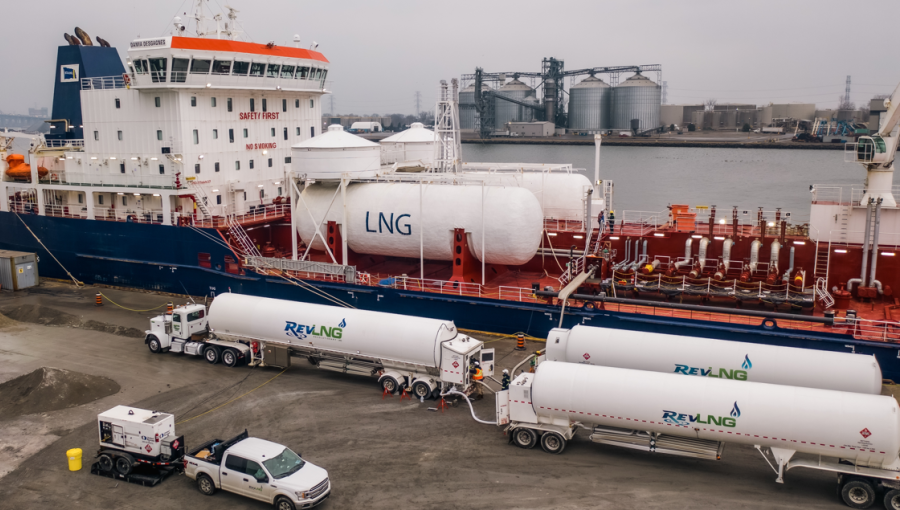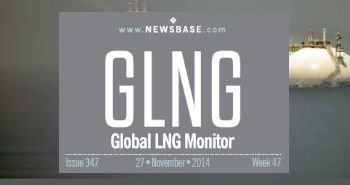INTERVIEW: The sustainability shift to LNG bunkering at Canadian ports

Across Canada, ports are increasingly embracing offering LNG bunkering services as the global maritime industry makes the transition to a low-carbon future. The Hamilton Oshawa Port Authority (HOPA) was Canada’s pioneering port for LNG bunkering. We spoke with HOPA Ports’ vice-president of corporate affairs Larissa Fenn about the transformations going on in LNG bunkering in Canada.
Q: In late 2020, the Port of Hamilton refuelled a maritime vessel with LNG for the first time ever on the Great Lakes. What was behind the decision to begin offering LNG bunkering services?
A: The decision to offer LNG bunkering services at the Port of Hamilton was driven by a commitment to enhance environmental performance and align with the International Maritime Organisation's (IMO) new targets for reducing greenhouse gas (GHG) emissions. LNG serves as a cleaner alternative to traditional oil-based bunker fuel, providing significant reductions in sulphur, nitrogen oxides and particulate matter emissions. This initiative is in line with HOPA Ports' goal to achieve carbon neutrality and its overarching dedication to sustainability.
Q: What were the biggest challenges in getting the port setup to offer LNG bunkering services and how can ports and shipping companies looking to reduce their carbon footprint overcome some of these obstacles?
A: The primary challenges in establishing LNG bunkering services at the Port of Hamilton included the technical and commercial development of the project, ensuring the safe transportation and shore-side operations of LNG, and creating a reliable supply chain. Collaboration with experienced partners such as REV LNG and Pivotal LNG was critical in overcoming these challenges by utilising their expertise in LNG services and supply chain management. Ports and shipping companies looking to reduce their carbon footprint can overcome similar challenges by investing in research and development, partnering with industry experts and maintaining a strong commitment to safety and sustainability practices.
Q: How much has LNG bunkering grown at the Port of Hamilton over the past five years?
A: Since the initial LNG bunkering operation at the Port of Hamilton, the focus has been on establishing the necessary infrastructure and forging partnerships to support LNG bunkering services. More than 50 bunkerings have taken place at the Port of Hamilton since the services began in 2020. The future growth of LNG bunkering at the port will depend on continued investment and the adoption of LNG by shipping companies aiming to meet environmental goals. The recent addition of a new LNG vessel by McAsphalt further adds to the demand for LNG bunkering in the Great Lakes region.
Q: What about nationally, how do you foresee the LNG bunkering sector maturing in Canada in the years ahead?
A: Nationally, the LNG bunkering sector in Canada is projected to mature as more ports and shipping companies adopt LNG as a viable alternative to conventional bunker fuels. The establishment of additional LNG bunkering facilities on the west coast and in the St. Lawrence River region demonstrates a growing interest and investment in LNG infrastructure. As Canada continues to prioritise environmental sustainability, it is expected that the LNG bunkering sector will become an integral part of the nation's marine fuel strategy.



Follow us online